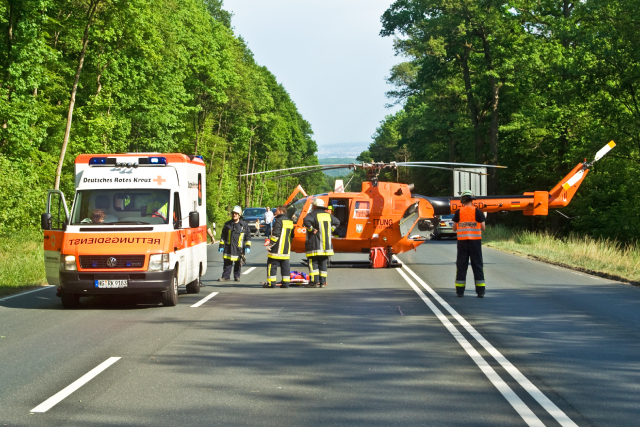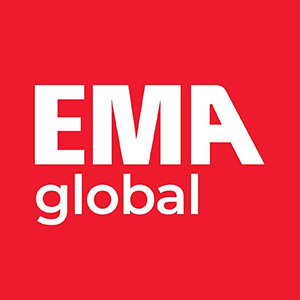
Insurance can be a lifesaver when it comes to covering medical expenses, but does it cover air ambulance costs? The answer depends on your insurance provider and the type of coverage you have. Some policies may cover the entire cost of an air ambulance ride, while others might only cover a portion – or none at all. That’s why it’s crucial to check with your financial advisor and review your policy details.
Medical evacuation costs vary widely around the world and are influenced by several factors, such as the type of aircraft, the medical team required, and the equipment needed for transport. The biggest expense in any air ambulance operation is the aircraft itself. A private air ambulance can cost anywhere from USD 15,000 to USD 200,000, depending on location and distance. If the patient’s condition is stable, a less expensive option – such as a chartered flight – may be arranged, with costs ranging from USD 5,000 to USD 30,000, depending on ticketing and travel distance.
Does insurance cover air ambulance costs?
As mentioned, insurance coverage for air ambulances varies between providers. Some comprehensive health or travel insurance plans include medical evacuation benefits, while others exclude them altogether. Even if your policy does cover air ambulance transport, there may be restrictions, such as:
- Coverage limited to emergencies deemed medically necessary.
- Specific providers you must use.
- A cap on reimbursement amounts.
- Geographic restrictions that apply only to certain countries or regions.
This is why it’s essential to read the fine print of your insurance policy. If you’re uncertain about your coverage, reach out to your insurer or financial advisor to clarify what’s included.
Out-of-pocket costs for medical evacuation
If your insurance does not fully cover air ambulance costs, you may be responsible for paying a significant amount out of pocket. Medical evacuation in Singapore can be expensive, particularly if a patient needs specialised equipment and personnel onboard. While government healthcare subsidies cover many medical expenses for residents, air ambulances typically fall outside of these subsidies.
Some expatriates or frequent travellers invest in separate medical evacuation coverage to ensure they are protected in case of an emergency. Such policies may be offered by global health insurance providers or specialised travel insurance companies. If you travel frequently, it may be worth considering this additional layer of financial protection.
Factors that influence air ambulance costs
Several elements contribute to the final air ambulance cost:
1. Type of aircraft
A dedicated air ambulance with advanced life-support equipment will cost significantly more than a basic medical charter. Helicopters, for example, are used for short-distance emergencies, while fixed-wing aircraft handle longer evacuations.
2. Medical team and equipment
The level of care required affects the cost. A flight staffed with an emergency physician, critical care nurse, and respiratory therapist will be more expensive than one requiring only basic monitoring.
3. Distance and destination
The farther you need to travel, the higher the cost. Transporting a patient from Southeast Asia to Europe or the U.S. will be significantly more expensive than a short-haul regional flight.
4. Ground transportation
Beyond the air ambulance itself, ground transportation from the hospital to the airport – and from the arrival airport to the receiving medical facility – adds to the total cost.
Alternative options to reduce costs
If an air ambulance is too expensive, consider these alternatives:
- Commercial medical escort services: Some patients can fly on a commercial airline with a trained medical escort instead of a dedicated air ambulance. This option is far more affordable than a private medical flight.
- Medical repatriation services: In non-emergency cases, repatriation services help transport patients back to their home country in a more cost-effective manner.
- Group travel insurance plans: Some travel insurance plans provide medical evacuation benefits as part of a package, which may help reduce costs.
What to expect from your first air ambulance flight
When an air ambulance is required, the priority is to ensure a smooth and safe transfer. If you are wondering what to expect from your first air ambulance flight, patients are typically stabilised before transport, and the medical team closely monitors their condition throughout the flight. The goal is to provide continuous medical care while ensuring a comfortable journey to the receiving hospital.
Planning ahead for emergencies
Given the high costs involved, it’s wise to plan ahead. Consider these steps to protect yourself and your loved ones:
- Review your insurance coverage: Know what’s included in your policy and whether additional medical evacuation coverage is needed.
- Look into membership programmes: Some companies offer annual membership plans that provide air ambulance coverage for a fixed fee.
- Keep emergency contacts handy: Have a list of emergency contacts, including your insurance provider, local embassy, and a trusted medical evacuation provider.
Conclusion
An air ambulance ride can be costly, and insurance coverage varies significantly depending on your policy. Understanding your options and planning ahead can help you avoid unexpected financial burdens during medical emergencies. If you or a loved one ever require urgent transport, EMA Global offers medical evacuation, repatriation, and air ambulance services, ensuring that critical medical care is available when you need it most.

